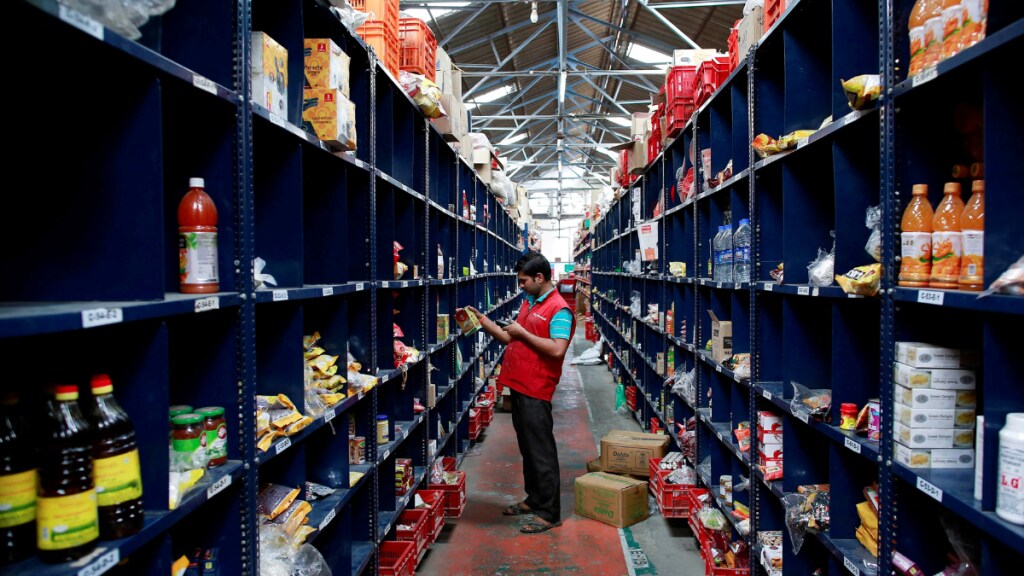The government is considering setting up specialised zones dedicated to promoting exports through e-commerce. The idea is to free businesses from most of the existing compliance requirements and provide them the flexibility for direct to consumer sales across the national border.
According to a plan, which is a part of the 100-day agenda of the commerce ministry, the proposed e-commerce export zones are likely to be driven by private investments, but the government would enable them via necessary policy changes.
Currently, export consignments sent through e-commerce have to comply with the same set of rules that business-to-business exporters are bound by, despite these consignments being relatively small and mostly meant for end consumers. This inflates costs, causes delays and restrictions on some of the activities, which sales to consumers require.
The dedicated e-commerce export hubs, according to the ministry’s plan, will have warehousing, customs clearance, returns processing, labelling, testing and repackaging, and related facilities. These will be on the lines of export-oriented units (EoUs).
As per estimates, e-commerce exports potential is in the range of $200-300 billion by 2030, while at present it hovers around just $2 billion. Global e-commerce exports are expected to touch $2 trillion in 2030 from $800 billion now.
The essentials for the boost to e-commerce exports include increasing the value cap per consignment, making rules for receiving payments less cumbersome and allowing for re-import of returns without the payment of duties.
The mechanism would have to be laid out on managing returns of goods exported through e-commerce. The returns on e-commerce exports would be anywhere between 15% and 20% so allowing their entry back into India without the payment of duties have to be managed.
According to the rules of Foreign Exchange Management Act, the export proceeds have to be brought back to India within 270 days which might not happen in the case of e-commerce exports so here too the changes would be required. The Reserve Bank of India (RBI) will have to accept it.
Another issue would be providing flexibility on pricing, which is key for e-commerce. Discounts or price increase after declaring export price would have to be enabled in e-commerce exports for which RBI has to be approached. In other exports, forex received should not vary more than 10% to the declared export price.
The burden of documentation too will have to be brought down as at present e-commerce exporters have to submit a set of documents the same as bigger exporters and pay the same amount of bank fee.
In its March report on Boosting Exports from Micro Small and Medium Enterprises (MSMEs), the Niti Aayog had also batted for these very changes.
China was one of the first countries that began developing e-commerce hubs in 2015 to explore policies and regulatory models to support development of cross-border e-commerce. China’s cross-border e-commerce (CBEC) exports and imports stood at $331 billion in 2023, of which $254.4 billion were exports.


